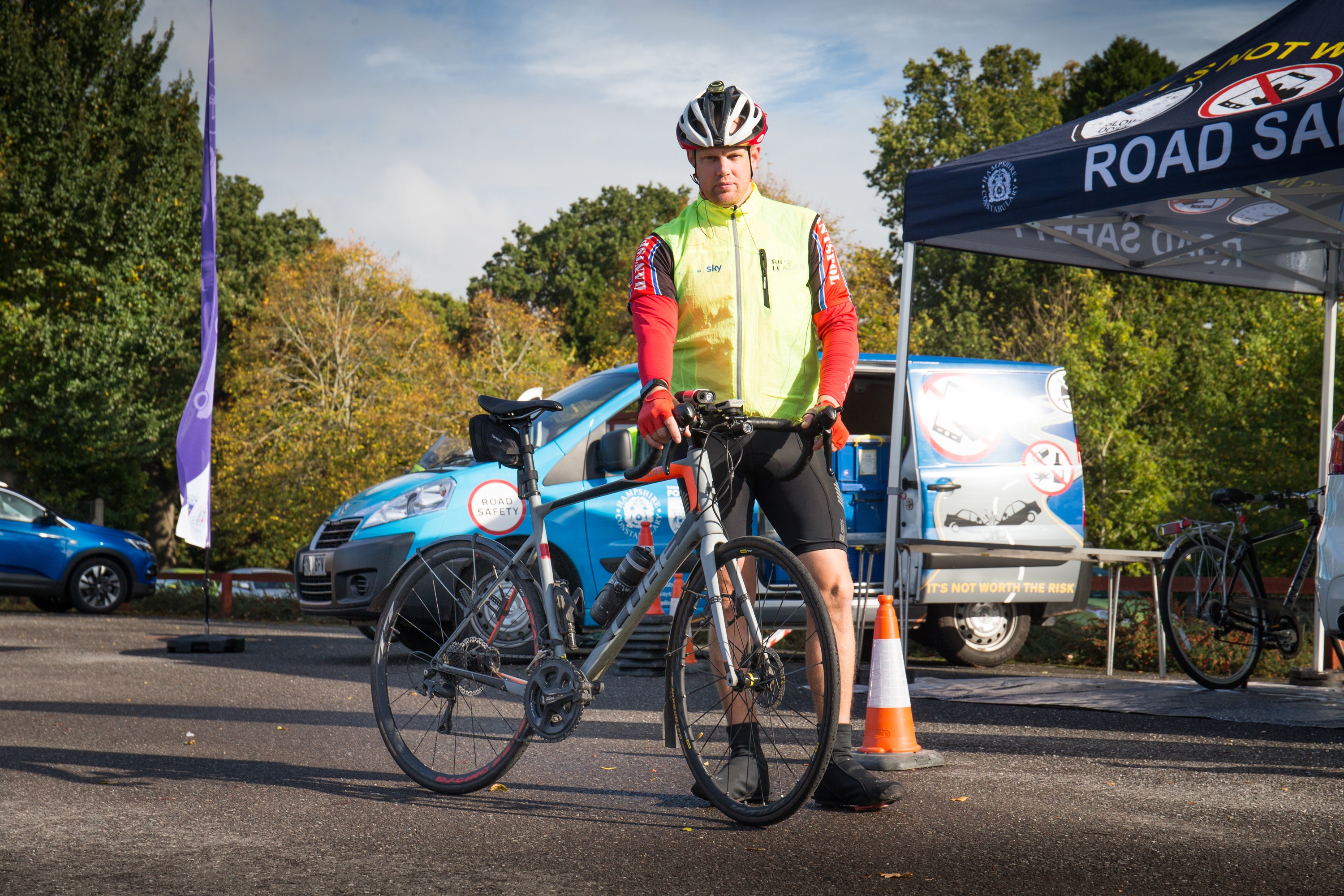Motorists could soon be encouraged to use the ‘Dutch Reach’ when opening their door to protect cyclists from injury – or worse.
The Department for Transport is reviewing the Highway Code, looking to reduce casualties from so-called ‘dooring’.
It may introduce the Dutch technique – praised by road safety organisations – which sees drivers use their opposite hand to open their vehicle door.
The move forces them to twist their body, making them look behind before they open the door and get out. The technique gets its name from the Netherlands, where it is included in the driving test.
The #Government has announced the #DutchReach and guidelines around safe passing distances for #cyclists are to be included in Highway Code. Great success and a significant milestone for cycle safety ?! https://t.co/oBZUq0cw7q pic.twitter.com/1FdTXWDZBv
— Cycling UK (@WeAreCyclingUK) October 18, 2018
Neil Worth, road safety officer for Gem Motoring Assist, said: “Cyclists are vulnerable, and we welcome this move to provide them with better protection. For drivers and their passengers it’s a small and simple change, but it could make a big difference.”
The RAC’s head of roads policy, Nicholas Lyes, agreed with the change, adding: “We support the introduction of the Dutch Reach principle to the Highway Code – a small change every motorist can make when exiting their vehicle that can make a huge difference to the safety of cyclists.”
Edmund King, president of the AA, said: “The government seems to be going Dutch, despite Brexit, with the proposal for the ‘Dutch reach’ to be included in the Highway Code to enhance cycle safety. We do need more consideration for cyclists and pedestrians.”
Calls to update the code come as police forces in Hampshire and the Thames Valley crack down on cycling safety.

Operation “Give Space, Be Safe” is currently taking place in Southampton, with a team of police officers targeting drivers who don’t leave enough of a gap when passing cyclists.
An unmarked officer with cameras fitted to his bicycle monitors those overtaking him, and if at any point he feels intimidated or unsafe, he radios a police motorbike, which pulls in the offending vehicle.
The motorist is then shown video footage from the bicycle before being offered prosecution or a 15-minute roadside safety demonstration on the correct procedure for passing cyclists.
Although the Highway Code doesn’t specify a passing distance for cyclists, it does tell drivers to leave “at least as much room as you would when overtaking a car”. Hampshire and Thames Valley Police recommend a gap of at least 1.5 metres.
Today we have been in Southampton running our #GiveSpaceBeSafe close pass operation with our partners from Southampton City Council. We caught 9 motorists who drove far too close to our cyclist, below is one of them. All elected to attend our check site & receive education #1656 pic.twitter.com/AVimYxkkY2
— Hants Roads Policing (@HantsPolRoads) October 18, 2018
Rob Heard, the road safety sergeant for Hampshire and the Thames Valley in charge of the operation being run in Southampton, said: “Cities account for around a quarter of all our fatalities and serious collisions. It’s quite surprising how people don’t give room even when they have the space to do it.
“We’re engaging with motorists and reminding them of the dangers of passing too close.”
The operation pulled over nine motorists in just three hours, highlighting how common the offence is.
Sgt Heard added: “My top tips to motorists would be to hold back until it’s safe to overtake, don’t overtake when you approach a pinch point, and imagine if you were a cyclist – think: ‘How much room would I like to have when being overtaken?’ It’s all about sharing the road and being safe.”

